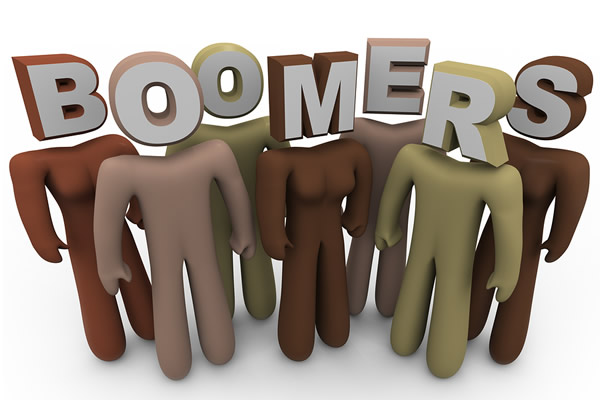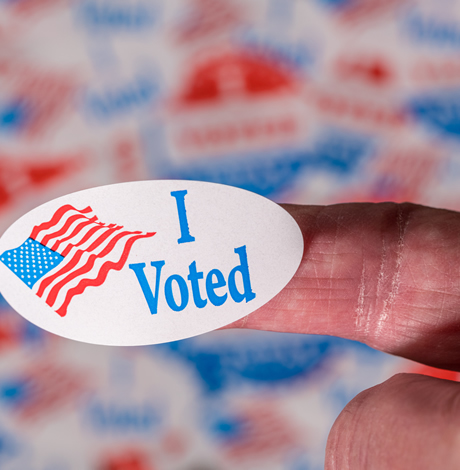Health
Boomer bounty
Healthy living choices become more important as we get into our 50s and beyond
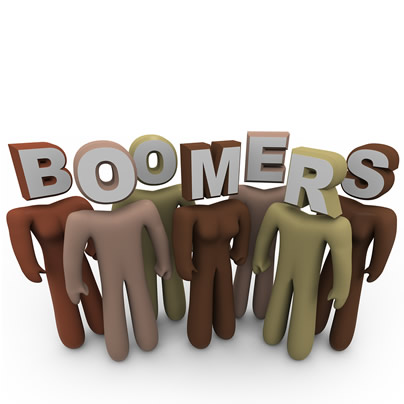
I am technically not a Baby Boomer, but I am less than four years away from 50.
Everyone fears aging to a degree, even personal trainers. I have spent the last 15 years specializing in exercising with older adults and have gained some insights into the fears that the aging population faces. What sparked today’s column was when I answered a Linked In question asking what is the biggest fear facing Baby Boomers today? The answer I gave was loss of independence.
According to the History Channel’s web site (history.com), Baby Boomers account for 76 million people born between the years 1946-1964. However, older adults in general are considered age 50 and above by AARP. They are the fastest-growing population in this country and are flocking to gyms in greater numbers and they are taking a more active role in managing their health.
With aging comes many valid fears and concerns and their biggest is relying on others and not being able to do everything that they have been doing on their own. Loss of independence can include loss of financial stability, friendship, family and community losses and mental and physical health issues. All wrapped up in these fears are such issues as declining health, social security, Medicare and Alzheimer’s disease to name a few.
What can be done to allay these fears? I’ll focus on the health aspect. From an overall health standpoint there are many ways to stave off or manage declining health. While most of these apply to all populations, they are more essential as we age.
Keep active. I always recommend an established and consistent exercise plan about three times per week. If you are new to the gym, hire a professional who specializes with older adults to teach you what you need to know. If getting out of your home is difficult there are many personal trainers who will come to your house. Do as many of your daily activities on your own as you can — things like taking the stairs, carrying groceries, gardening, etc. Move more and as often as you can. The body hates immobility.
Eat well. Cover the basics and consume a combination of complex carbohydrates, lean protein and limited amounts of fat. Keep white products to a minimum such as salt, white flour, white rice and sugar. They have little nutritive value, can cause weight gain or lead to diabetes. If you are lacking in certain nutrients, check with your doctor on supplementation. Remember to stay well hydrated and consume plenty of water.
Maintain a healthy weight. Obesity is prevalent in every population including older adults. If you have excess weight, particularly around your mid-section, do what you can to lose it. Excess weight is associated with numerous health risks from increased risk of heart disease, stroke, lower back issues and knee and joint problems.
Regular health screenings. This is the most essential and covers several areas. Visit your doctor or practitioner once a year and have a managed care plan into place. Being pro-active and not waiting until sickness or disease occurs can make all the difference.
Be able to rely on a doctor who is fully versed on the health needs and fears associated with aging. Remember to include dental, vision and hearing as part of your regular check-up schedule. And be sure to find a competent pharmacist when taking all medications who can oversee and be aware of drug interactions. Also, remember to get regular skin cancer screenings and if mental health is a concern, ask your doctor for a referral to a mental health specialist.
Manage stress. I have talked in previous columns about what unmanaged stress can do to our mental and physical well-being. Too much stress can wreak havoc on the body and weigh heavily on our minds. Older adults have far more concerns and worries than most people. Surround yourself with a community and support network that can help allay your stress and eliminate or manage those areas that are causing you stress. Eating well and exercise are two proven ways to best alleviate stress. If stress can’t be managed seek out a professional who can help.
Tomorrow is promised to no one, but doing what one can today for your health will make tomorrow easier.
Health
UNAIDS to commemorate Zero Discrimination Day’s 10th anniversary
UN agency urges global action to protect human rights
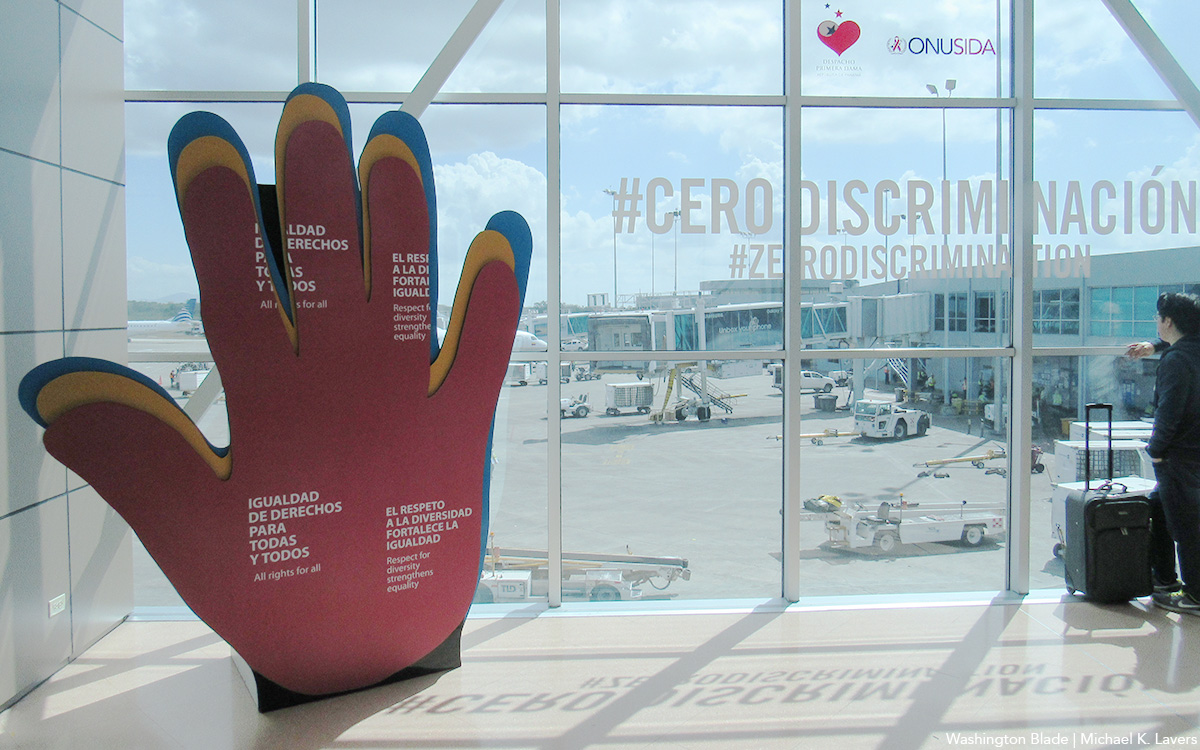
As the world marks the 10th anniversary of Zero Discrimination Day; UNAIDS is sounding the alarm on the increasing threats to human rights, calling for renewed efforts to protect the rights of all individuals as a fundamental step towards ensuring health for everyone.
Established by UNAIDS a decade ago, Zero Discrimination Day aims to promote equality and fairness regardless of gender, age, sexuality, ethnicity or HIV status. The progress achieved over the past years is now in jeopardy, however, due to rising attacks on the rights of women, LGBTQ people and other marginalized communities.
UNAIDS Executive Director Winnie Byanyima emphasized the critical link between protecting human rights and safeguarding public health.
“The attacks on rights are a threat to freedom and democracy and are harmful to health,” she said in a press release. “Stigma and discrimination obstruct HIV prevention, testing, treatment and care and hold back progress towards ending AIDS by 2030. It is only by protecting everyone’s rights that we can protect everyone’s health.”
Despite challenges, there has been notable progress.
At the onset of the AIDS pandemic more than 40 years ago, two-thirds of countries criminalized consensual same-sex sexual relations. They are now decriminalized in two-thirds of countries. An additional 38 countries around the world have pledged to end HIV-related stigma and discrimination, contributing to positive changes that include 50 million more girls attending school compared to 2015.
To sustain and enhance these advancements; UNAIDS urges global support for women’s rights movements, LGBTQ rights, racial justice, economic justice, climate justice and peace initiatives. By standing with communities advocating for their rights, the U.N. aims to reinforce the collective effort towards a more inclusive and equitable world.
Zero Discrimination Day is observed on March 1.
Events and activities that will take place around the world throughout the month will serve as reminders of the essential lesson and call to action: Protecting everyone’s health is synonymous with protecting everyone’s rights.
“Through upholding rights for all, we will be able to achieve the Sustainable Development Goals and secure a safer, fairer, kinder and happier world — for everyone,” said Byanyima.
Health
New CDC report finds transgender women at higher risk for HIV
More than 1,600 people in seven cities surveyed
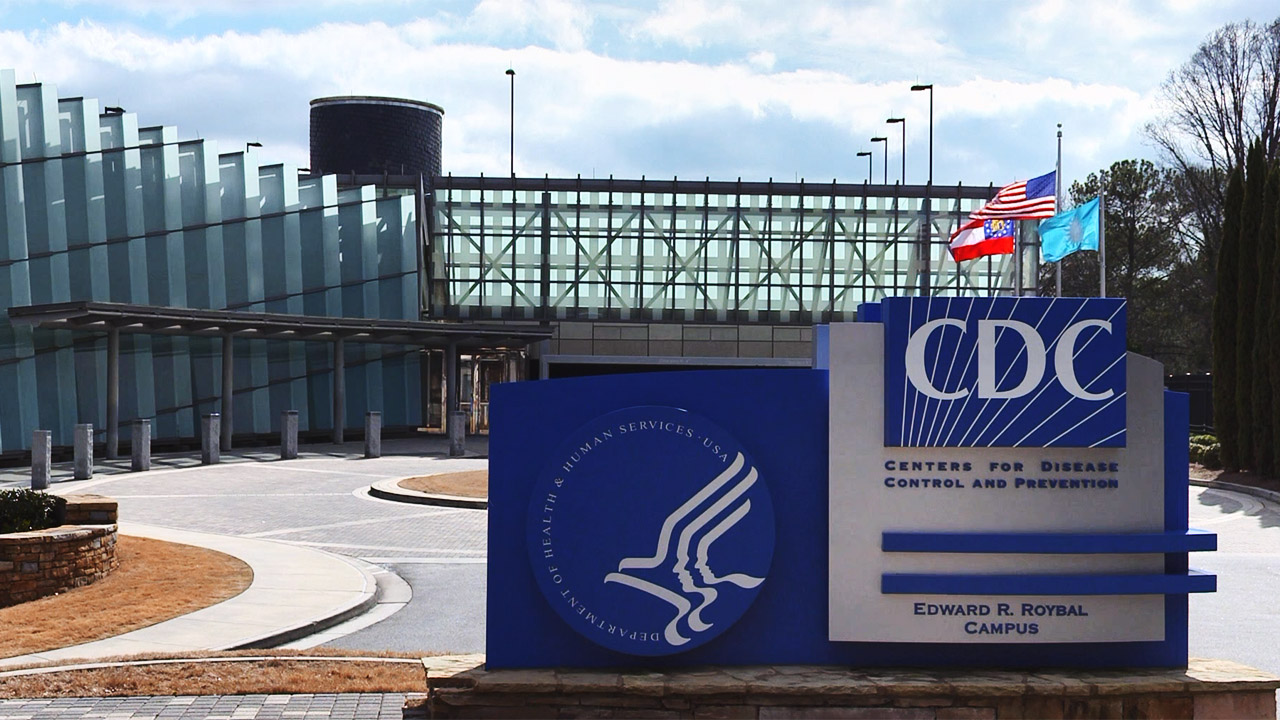
The Centers for Disease Control and Prevention issued a new study report this week that revealed that restricted by employment and housing discrimination and lack of access to needed gender-affirming healthcare for transgender women increasing the risk of contracting HIV.
Researchers reviewed data from a 2019-2020 survey, the National HIV Behavioral Surveillance Among Transgender Women, which found that the demographics of HIV/AIDS have been disproportionally high, especially among Black and Latina trans women, who had experienced employment and housing discrimination coupled with lack of access to gender-affirming healthcare.
The Jan. 25 Morbidity and Mortality Weekly Report was based on data studies of more than 1,600 trans women in seven major urban locales. Participants from Atlanta, Los Angeles, New Orleans, New York, Philadelphia, San Francisco and Seattle were chosen by referrals from people and community-based organizations who knew or were part of the local population of trans women.
The study’s researchers noted: “Employment discrimination occurs at the overlapping nexus of poverty, homelessness, incarceration, health insurance, disability, food insecurity and survival sex work. These issues are interconnected.”
The study stated that trans women’s inability to access quality healthcare, including gender-affirming treatment or access to PrEP, and can expose them to potential incarceration as many turn to “survival sex work” and violence, which increases the risk of contracting HIV.
The study’s author’s pointed out: “When economically marginalized transgender women are refused employment, this refusal cyclically contributes to economic hardships. This analysis …demonstrates the importance of transgender women working and living with dignity and without fear of unfair treatment.”
Health
A Whole New Perspective on Well-Being
The Mather’s team recognizes that everyone’s wellness journey is completely unique to their life experiences and influences.

It’s easy to spot the distinctive, elegant silhouette of The Mather, a Life Plan Community for those 62+ opening this spring in Tysons, Virginia. What is not apparent to the naked eye is The Mather’s unique wellness philosophy, which is literally built into the community.
The Mather’s team recognizes that everyone’s wellness journey is completely unique to their life experiences and influences.
Nature is one of the important factors that contribute to well-being. So The Mather is incorporating biophilic design—a design approach to facilitate access to nature or things that replicate natural patterns. This can include interior spaces with sightlines to a garden, choosing natural wood and stone as interior materials, or incorporating fragrant flowers and plants indoors to spark memories and provide tactile opportunities such as gardening.
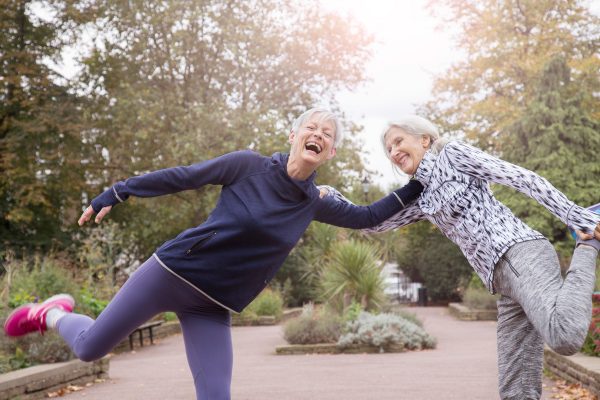
“Providing biophilic design within interior settings connects residents to the natural world,” says Mary Leary, CEO and President of Mather, the organization behind The Mather. “Research shows that a connection to nature provides positive benefits to mental states and overall well-being. At The Mather, biophilic design is the intersection of buildings and programs with nature in an urban setting.”
“The Mather is attracting a diverse group of older adults,” says Mary. “As a result, we aim to incorporate wellness practices from around the world, including Wyda movement theory of the Celtic Druids, which helps people achieve harmony with nature and contentment through mindfulness.” This holistic regenerative approach is similar to Qi Gong and yoga, while born in a different part of the world. Mather Institute has a special focus on mindfulness to support older adults’ practice of present moment awareness, which can lead to increased overall well-being, compassion, and joy.
A very different example of a wellness offering at The Mather is the Gharieni Welnamis spa wave bed, which uses computer-controlled vibrational therapy and audio frequencies to train the brain to relax. “The bed increases mindfulness, concentration, and creativity—all of which support our mission of creating Ways to Age Well,SM” says Mary.
These and other personalized ways to wellness will ensure that residents of The Mather can choose from seemingly countless ways to focus on their well-being. In other words, the sky’s the limit!
-

 State Department2 days ago
State Department2 days agoState Department releases annual human rights report
-

 Maryland4 days ago
Maryland4 days agoJoe Vogel campaign holds ‘Big Gay Canvass Kickoff’
-

 Politics3 days ago
Politics3 days agoSmithsonian staff concerned about future of LGBTQ programming amid GOP scrutiny
-

 The White House1 day ago
The White House1 day agoWhite House debuts action plan targeting pollutants in drinking water

